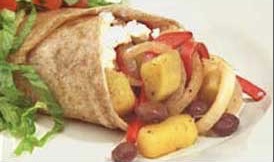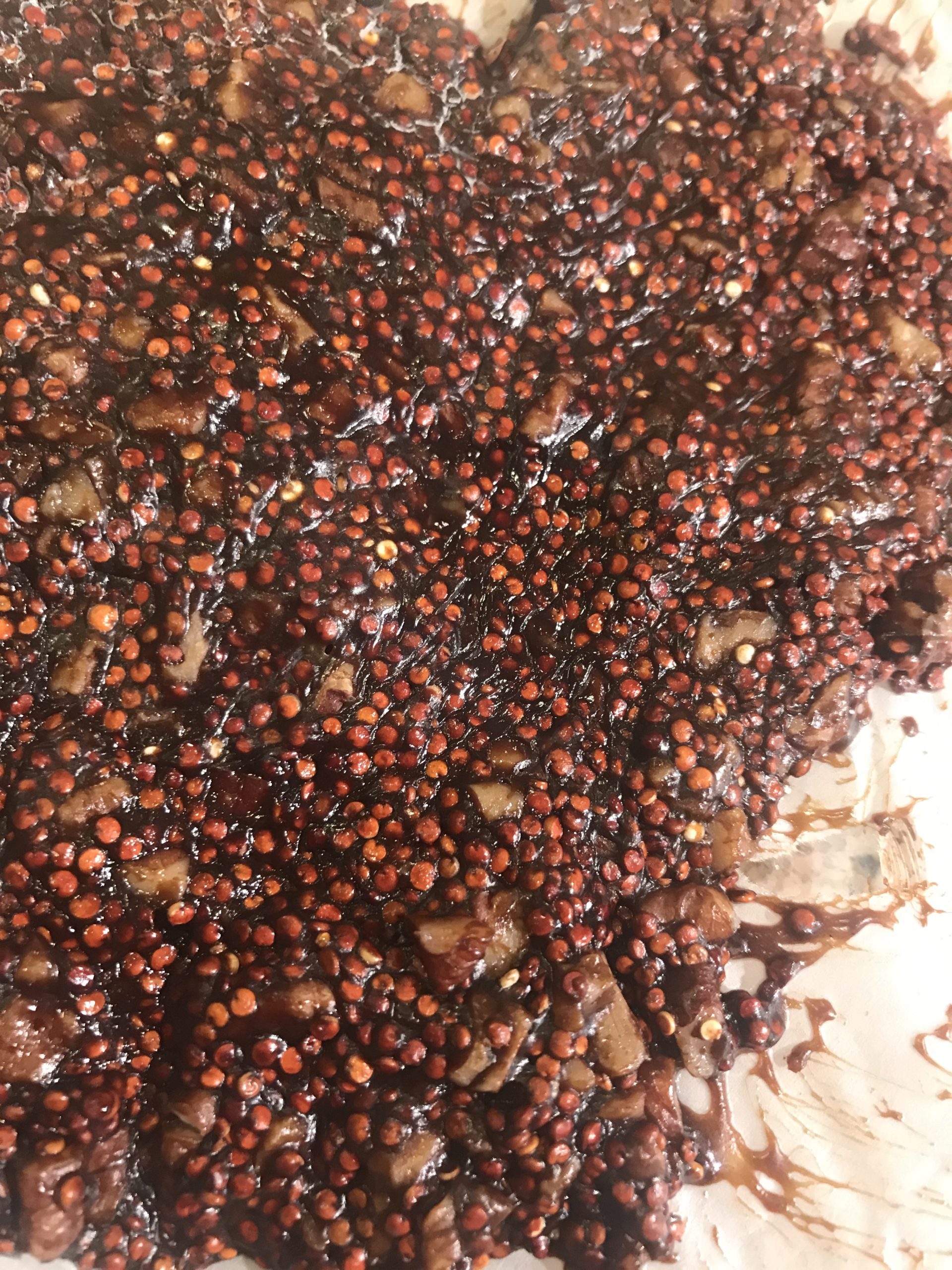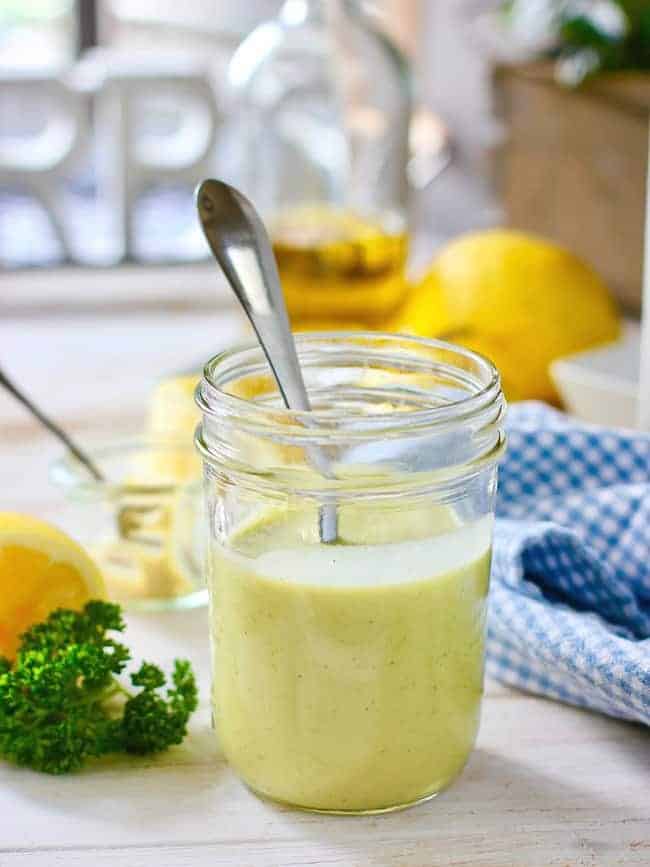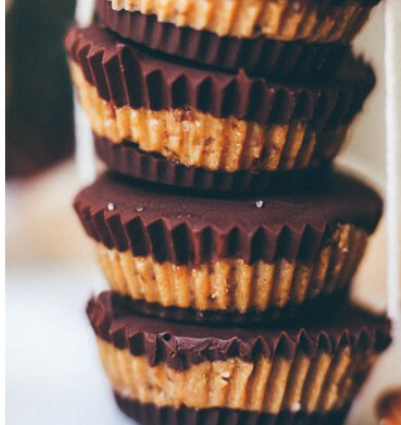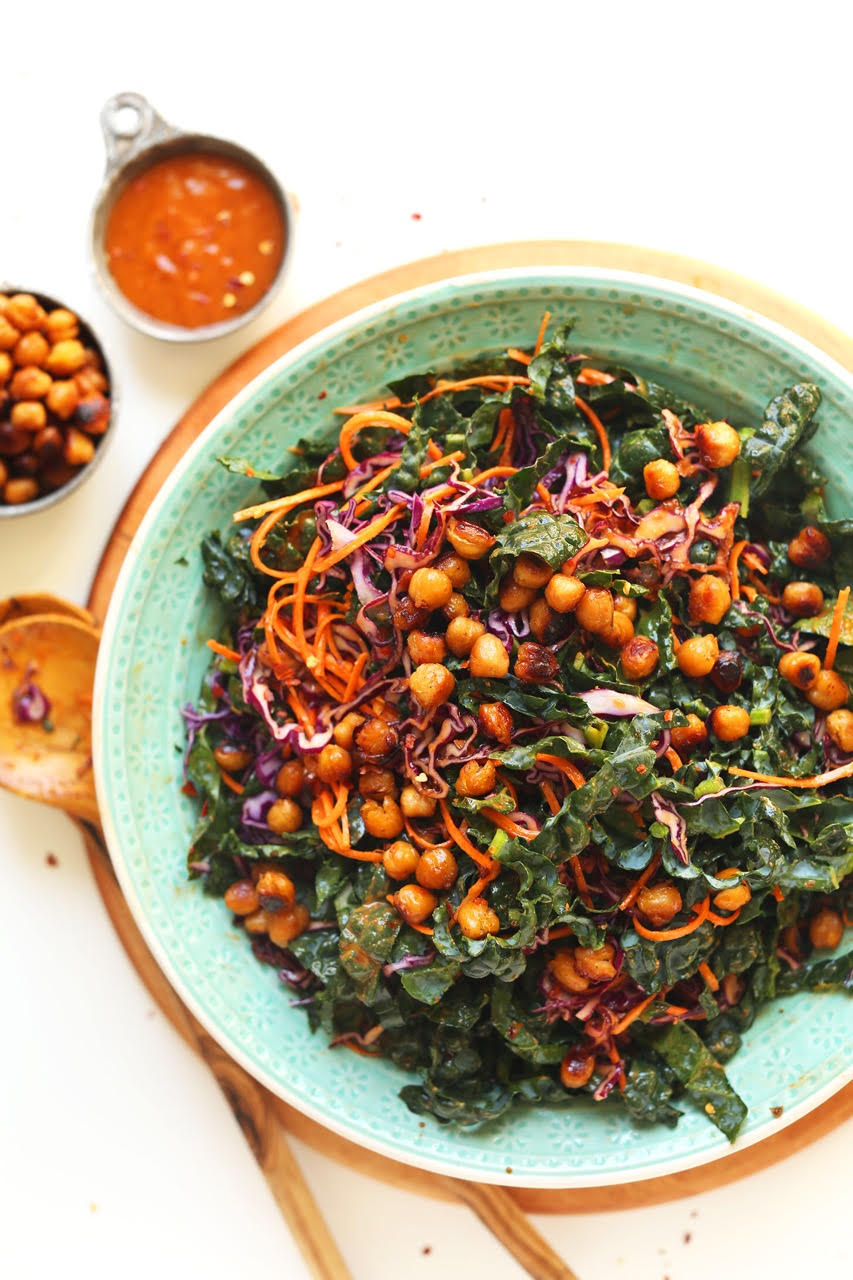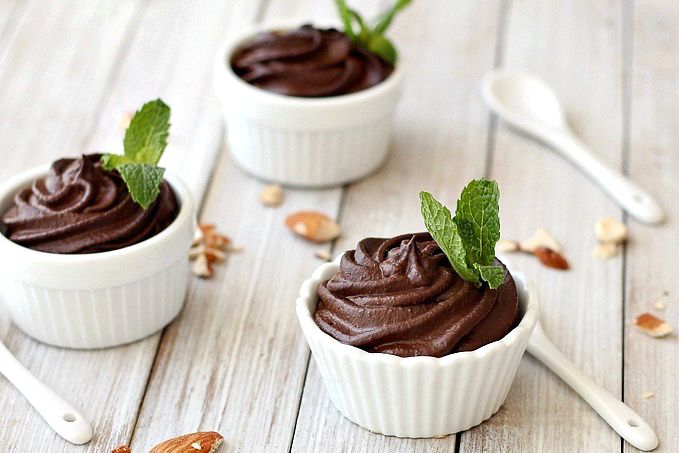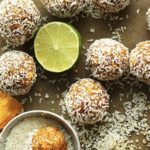“Foodborne pathogens follow an annual cycle, and we tend to see peaks of them, especially bacteria, in the summer, at picnics, potlucks and all the outdoor events,” said Melinda Wilkins, director of the online science master’s program in food safety at Michigan State University.
Of course, even if some dangers await you at the picnic, pool or beach, it is worth it to get out and enjoy yourself. You can most likely handle what comes your way.
The burn you feel in your eyes after a dip in the swimming pool is not because of chlorine. It is because pee, poop and sweat from fellow swimmers (and maybe you) react with chlorine and form chloramine compounds,and this combination is
what really stings your peepers. Aside from the gross factor, the formation of these compounds means there is less chlorine left in the water to kill bacteria, such as E. coli. Chloramines can also irritate the airways, and when they build up in the air, such as at indoor pools, they can trigger asthma attacks.
“We recommend that you not pee or poop in the water, and shower before you go in,” said Michele Hlavsa, chief of the Health Swimming Program at the Centers for Disease Control and Prevention. A 2010 CDC report found that one out of 10
public pools don’t have proper chlorine levels. To make sure you’re not about to take a dip in a bacteria-laden pool, “you can use pool test strips at a pool supply or big box store” to check the chlorine level, Hlavsa said. (The
CDC recommends chlorine levels in pools between 1 and 3 parts per million and pH of 7.2 to 7.8.)
Even at the right levels, chlorine does not wipe out everything. A new CDC report found that a parasite called cryptosporidium, which
can cause diarrhea and lives up to 10 days in a chlorinated pool, was associated with 37 (54%) of the 69 outbreaks of illness at pools and water parks. “To protect yourself, it’s about not swallowing the water you swim in, and to protect others don’t swim if you have diarrhea,” Hlavsa said.
Lurking in seawater
A day at the beach may leave you with more memories than you imagined if you go home with vibriosis. The
infection is caused by vibrio bacteria, which live in some coastal waters and flourish in the warm months between May and October, when the majority of cases occur.
According to the CDC, there are about 80,000 cases each year, and about 100 of them are fatal.
An estimated 52,000 of those cases result from eating contaminated food, such as raw oysters, that have been infected in the water they once lived in. Symptoms usually begin within 24 hours of consumption. They include abdominal pain, diarrhea, nausea, vomiting, fever and chills. The illness lasts about three days.
The bacteria can also cause skin rashes that lead to infection when contaminated water gets into an open wound or even a scratch.
The best way to prevent this infection is to thoroughly cook shellfish and clean hands well after touching raw or undercooked shellfish. Cuts or scrapes should be cleaned well with soap after contact with infected water. When possible, cover the wound with a waterproof bandage before getting it wet.
Beware the picnic burgers
The thought of potato salad sweltering in the heat at the summer picnic may make the burgers on the grill sound pretty appetizing, but think again. “Actually, potato salad has kind of a bad rap, but it is not really a particularly high-risk food,” said Wilkins, of Michigan State University. “But people tend to bring frozen (burger) patties and throw them on the grill before they are fully thawed, (and) ground meat that is not thoroughly cooked is one of the riskiest items” because it can have E. coli, she said.
Ground beef and pork should be
cooked to 160 degrees Fahrenheit, ground chicken and turkey to 165 degrees. And yes, that means using a meat thermometer to test the temperature in the middle of the burger, Wilkins said.
Of course, bacteria can still lurk in a big bowl of gooey potato or pasta salad, but not for the reasons you may think. Ingredients such as potatoes, pasta and eggs, not the mayonnaise, are prone to contamination. To play it safe, keep containers of anything you’re supposed to eat cold, such as potato salad, in big bowls or coolers full of ice, Wilkins said.
Bacteria scream for ice cream (machines)
An issue that can plague many an inadequately cleaned soft-serve ice cream dispenser is bacteria. “Listeria (bacteria) is a really sneaky pathogen in that it likes to live in cooler temperatures and populate machinery,” Wilkins said.
Listeria infections can cause fever and muscle aches, and they are especially dangerous for pregnant women, who may miscarry as a result.
On the bright side, the
Blue Bell ice cream scare has made people more aware of listeria’s potential to lurk in frozen desserts, Wilkins said. It is a good idea to ask the person working at the yogurt shop or ice cream truck when the machines were last cleaned. “It brings the issue to the awareness of the workers and management to double check their procedures,” Wilkins said.
Burn, baby, burn
Sunburns may seem like a sweet souvenir from a day at the beach, but they should really be thought of as potentially harmful wounds. In the most severe cases, people can develop blisters and need to be treated like burn victims, said Dr. Cameron K. Rokhsar, assistant clinical professor of dermatology at the Icahn School of Medicine at Mount Sinai. “The skin sloughs off, (and) if there’s any kind of raw wound, it can predispose you to an infection” and should be treated with a prescription antibiotic ointment, he said.
Worse yet, even just a few serious sunburns may greatly increase your risk of developing skin cancer. A 2014 study found that white women who had
five or more blistering sunburns when they were teens were 68% more likely to develop melanoma, the deadliest form of skin cancer.
Brush with jellyfish
Despite that old
episode of “Friends” where Joey peed on Monica’s jellyfish sting, urine is not the antidote to the venom of this
goopy animal, which is common off beaches across the United States and
thrives in warm water. Rinsing the wound with saltwater is one of the most recommended ways to relieve the stinging, redness and swelling that follow a brush with a jellyfish tentacle.
A more surprising but also effective treatment is vinegar, said Rokhsar, who knows firsthand that it can make the pain go away almost instantaneously. “It happened to me. It hurts a lot, and I actually went to the lifeguard station, and they had vinegar spray,” he said.
Also beware of the
not-so-cute baby jellyfish called sea lice. Unlike the adults’ sting, theirs doesn’t hurt, so you don’t have to worry about rinsing the wound with saltwater or vinegar. Save the vinegar for rinsing your swimsuit before you wash it. Some believe the larvae can become
trapped in the fabric.
You will usually experience an itchy, red rash and small blisters within 24 hours. The rash is sometimes accompanied with fever, chills, headaches and nausea. The symptoms can last as long as two weeks and are not contagious.
The sea lice, which are actually microscopic larvae of marine life such as jellyfish or sea anemones, are most often found in summer waters in Florida and the Caribbean.
Grossness flourishes in air conditioning filters
When air conditioners are working around the clock in hot summer months, dust, mold and pollution from outdoor air (in the case of central AC) or indoor air (in the case of a window unit) tend to build up on the filter of AC units. Not only does this slash the air conditioner’s efficiency, it can also carry health risks, said Abby Brokaw, director of the American Lung Association of the Upper Midwest Health House program.
“People who are already having problems with breathing or lung health — so people with allergies or respiratory disease — are going to be affected” if the filter is not properly cleaned, removing dust, mold, dander and other detritus, Brokaw said.
To keep your filter in tiptop shape, clean or replace it every three months, Brokaw advised. But take precaution when you do. Mold and bacteria love to grow on filters, especially in the summer humidity.
“You don’t want to breathe in mold spores and bacteria. We would recommend that you wear gloves and a mask,” Brokaw said, referring to surgical masks sold in drugstores.
